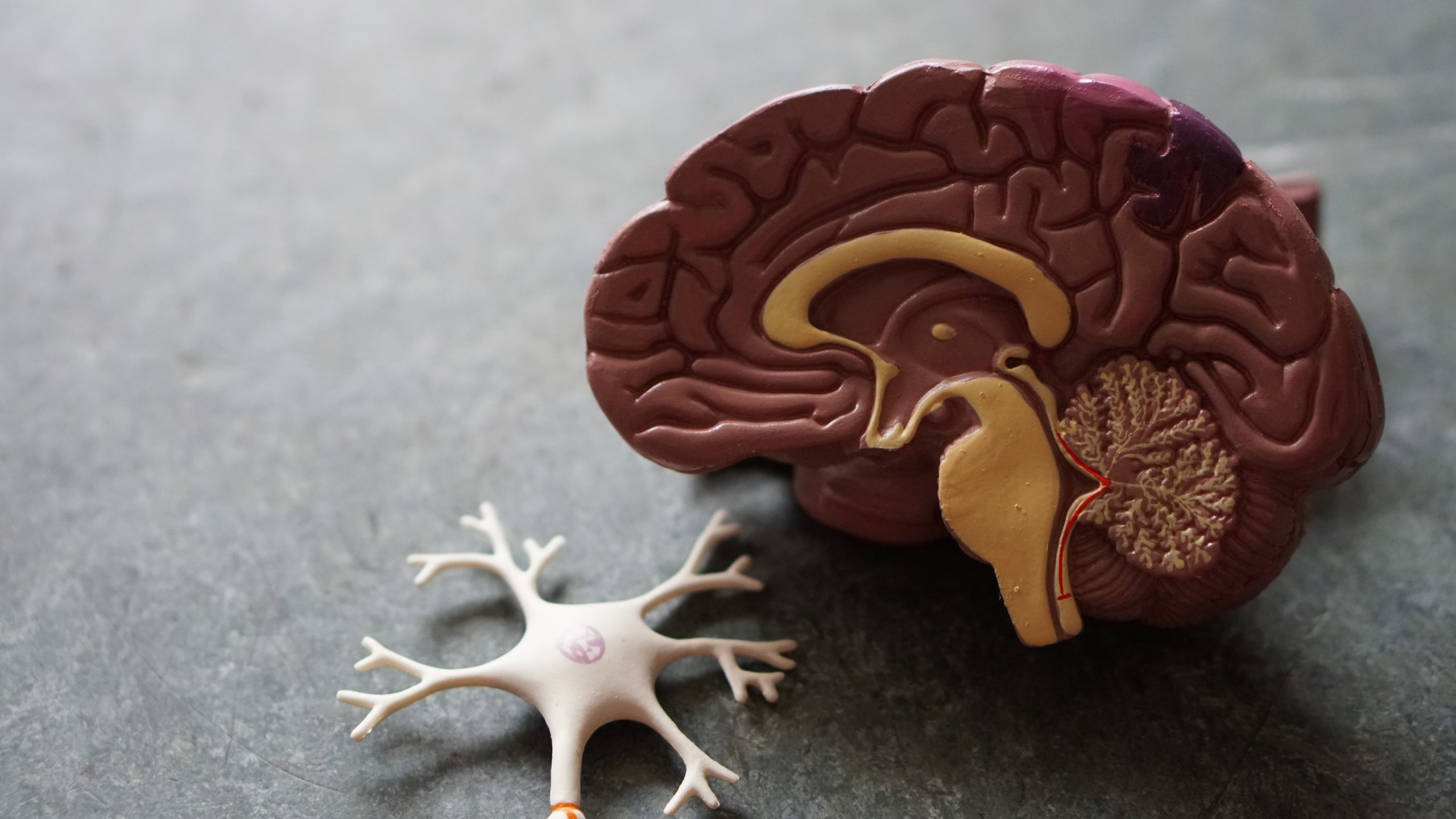Professors Michale Ostacher and Windy McNerney hosted a webinar on July 18 discussing the use of neuroscience as a tool to understand the opioid epidemic. Ostacher and McNerney, who teach a Human Biology course called “The Opioid Epidemic: Using Neuroscience to Inform Policy and Law,” emphasized the importance of facing the uncomfortable and difficult sides of this issue head on.
Ostacher started the webinar with a Zoom background that read “Support don’t punish,” which pointed out the flaws in the social mindset surrounding drug addiction. He noted that it is difficult to accept “that people who use drugs aren’t inherently bad, that drug use isn’t inherently bad, that getting help for problems with drugs is something that we should have open access to.”
Ostacher and McNerney work for the Department of Psychiatry and Behavioral Sciences. By blending neuroscience and psychiatry together, they hope to help find solutions for the crisis by utilizing knowledge from both fields of research.
As the opioid epidemic has continued throughout America, many people have lost their lives to addiction and people with opioid addictions have been stigmatized and left without important support systems, according to Ostacher.
“When you call people addicts you depersonalize them,” Ostacher said in response to a clip of Channel 5 CBS news covering drug use in BART stations. To him, the coverage at the BART station reflected the issue of homelessness and the lack of assistance for drug users on the streets rather than the problem of addiction, which the media portrayed.
An opioid addiction changes the chemical makeup of a user’s brain cells, which can cause long-term damage. A student-made video shown at the webinar depicted the changes that happen within someone’s brain after becoming addicted to heroin and the ruthlessness of the addiction cycle.
The student, who did not wish to be identified, used an animation following a fictional college student, Joe, who becomes addicted to heroin. The video describes how morphine molecules from the drug stimulate the opioid receptors in the brain and ultimately block them, leading users to take more opioids to get the rush of dopamine. This changes your frontal cortex and damages it, and according to Ostacher, sometimes the changes cannot be fully reversed.
After a user seeks help there are periods of withdrawal, and the video reminded watchers of the possibility for relapse. According to Ostacher, when a person who has used opioids begins to recover, their desire to use addictive substances can decrease, but there is always a risk of becoming addicted again.
“We’re living in a time when people’s brains that are evolutionarily developed for survival that are exposed to things that are so rewarding that people are willing to essentially give their lives up because they think it’s necessary for their survival to obtain the substance,” Ostacher said.
Treatment options for opioid prevention and addiction sites are highly regulated by the federal government, which can be a problem during the pandemic. Ostacher explained that Methadone, a drug used to treat opioid addictions, regulations have been lessened slightly due to the pandemic, “but those [the regulations] still make some treatments far out of the reach for communities.”
For Methadone treatment, opioid users must go to regulated clinics every day to get their medication, according to Ostacher, but if someone without past use of opioids wants Methadone, they can get it from a pharmacy. The other option, Suboxone or buprenorphine, can be prescribed by physicians with special authorization, but not many physicians are eligible to be authorized and, of the eligible group, a low percentage are prescribing it too.
“It’s really hard to get these treatments,” Ostacher said.
Many of these regulations may be so extreme because of systemic racism, as the original studies were done in intercity New York amongst black intercity heroin users, Ostacher explained.
“All these regulations are because we hate drug addicts, we hate people who use substances, we see people as addicts and not as people, and we make it very difficult for people to get the kind of care and compassion that they need,” said Ostacher.
Current treatment options, besides the highly regulated drugs like Methadone, are rehabilitation centers which use abstinence-based programs. These centers rely on the Alcholic’s Anonymous abstinence guideline, despite a high rate of failure for drug addicts. Ostacher explained how the United States has medications to treat most kinds of addiction but still “very few centers are using medication to treat any kind of addiction. We have medications that work for alcohol, we have medications that work for nicotine, but most of the places in the country are using an abstinence based approach.”
When your brain changes after using opiates, according to Ostacher, abstinence-based approaches do not work to help that chemical change, as relapse rates are higher than 90%.
Ostacher is working to change this issue within the Palo Alto VA systems Addiction Treatment Services. When users get referred for opiates treatment, they are sent to his clinic for an outpatient appointment and do not go to rehab. “We give them medications and they get better,” Ostacher said. The medications use Methadone and Suboxpone, with relapse rates near 50% and a mortality decrease of 50% compared to abstinence.
“Anybody who is not being offered these treatments is being not offered a lifesaving treatment,” he said.
Contact Rae Wymer at raewymer ‘at’ gmail.com.
